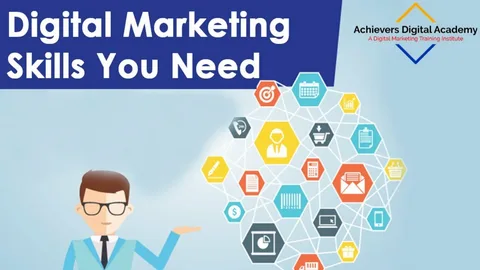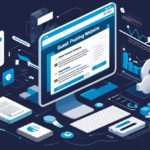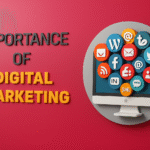
What Is Digital Marketing in Simple Terms?
Digital marketing means using the internet to promote products, services, or ideas. Instead of old methods like newspapers or billboards, businesses now reach people online. They use websites, emails, search engines, and social media. As a result, they can talk to their audience in real time and adjust their message quickly.
Online Tools That Help Brands Grow
Digital marketing includes tools that serve different goals. For example, SEO helps people find your site, while social media builds engagement. You can also use emails, blogs, and online ads. Each tool works in its own way. The best part is you can track what works and change your plan fast.
Why It Matters Today
Today, more people shop and learn online than ever before. Because of this, digital marketing gives small businesses a fair chance to compete. Even with a small budget, a strong strategy can help you reach people all over the world. Most importantly, it connects you to the right people at the right time.
A Need for Marketing Skills

Strong marketing skills help people stand out. Whether you’re selling a product, sharing a story, or growing a business, these skills matter. In simple terms, they help you grab attention and deliver value. Therefore, they are useful in nearly every industry today.
Skills That Open New Opportunities
Marketing skills can open doors to new jobs and business ideas. For instance, knowing how to write content, plan campaigns, and study audiences can help you grow. When used with digital tools, these skills make your efforts faster and smarter.
Adapting to a Digital-First World
The world is becoming more digital every day. As a result, knowing how digital marketing works is very helpful. It’s not just about being online. Instead, it’s about sharing clear messages, building trust, and learning what your audience really needs.
How to Create a Digital Marketing Strategy
A strong plan helps you reach the right people online. First, decide what you want—more visits, better sales, or stronger branding. Then, study your audience. What do they like? Where do they spend time? These answers shape your entire strategy.
Setting Goals and Choosing the Right Channels
Start with simple, clear goals. For example, if you want more web visits, try SEO or paid ads. If you want to connect better, use social media or email. In addition, make sure your tools match your goals and audience.
Measuring and Adjusting for Success
After your strategy begins, keep track of results. Tools like Google Analytics help you see what works. If something doesn’t perform well, adjust it. Because the internet changes quickly, flexible plans lead to better success over time.
Types of Digital Marketing
There are many types of digital marketing. Each one works in a different way. Some build trust over time. Others bring results faster. To choose the best one, think about your goals and your audience.
Content and Social Media Marketing
Content marketing means sharing helpful things—like blogs, videos, or guides. This builds trust and shows you’re an expert. Meanwhile, social media lets you speak directly with your followers. As a result, it’s a powerful way to grow your brand.





